Gloria, Portugal – The Lisbon Cable Car Crash on Wednesday claimed at least 15 lives and injured 18 others when the city’s iconic Gloria funicular railway derailed and crashed on one of Lisbon’s steep hillsides. The devastating accident involved one of Portugal’s most recognizable tourist attractions, transforming what should have been a routine journey into a scene of tragedy that has left the Portuguese capital in mourning.
Emergency medical service spokespersons confirmed the casualty figures from the Lisbon Cable Car Crash, noting that five people sustained grave injuries requiring immediate medical attention. The victims’ identities and nationalities have not been disclosed, though authorities confirmed that foreign nationals were among the deceased, highlighting the international impact of this tragic incident.
Footage from the scene revealed the destroyed yellow tram-like funicular lying in wreckage as emergency workers methodically extracted victims from the debris. The Lisbon Cable Car Crash site became a focal point for rescue operations as authorities worked to assist survivors and recover those who perished in the accident.
Official Response and National Mourning Declaration
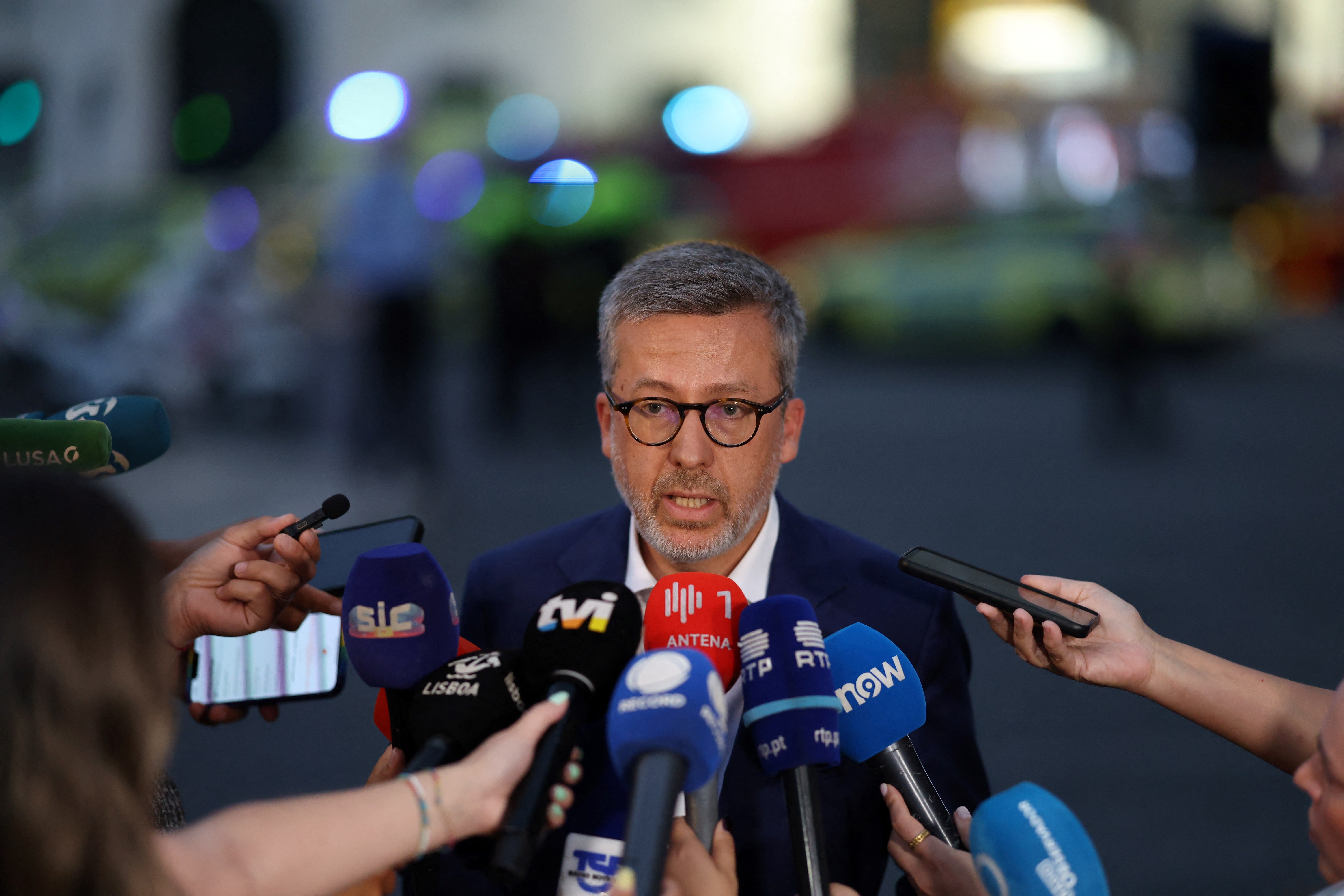
Lisbon Mayor Carlos Moedas addressed the gravity of the situation, declaring it “a tragic day for our city” and emphasizing that “Lisbon is in mourning” following the Lisbon Cable Car Crash. His emotional response reflected the profound impact this incident has had on the Portuguese capital, where the Gloria funicular has served as both a practical transportation method and beloved tourist attraction for nearly 140 years.
Portugal’s government responded to the Lisbon Cable Car Crash by declaring Thursday a day of national mourning, demonstrating the national significance of this tragedy. President Marcelo Rebelo de Sousa issued a statement lamenting the accident and expressing hope that authorities would quickly determine the cause of the devastating crash.
The formal response underscores how the Lisbon Cable Car Crash has resonated beyond the immediate victims and their families, affecting the entire Portuguese nation and the international community of tourists who regularly visit this historic attraction.
Historical Significance and Operational Details
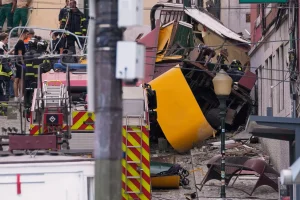

The Gloria funicular line, site of the Lisbon Cable Car Crash, represents a crucial piece of Lisbon’s transportation heritage, having operated since 1885. This historic railway connects the downtown area near Restauradores Square with the famous Bairro Alto (Upper Quarter), renowned for its vibrant nightlife and cultural attractions.
Also Read: Big Statement By Peter Navarro On India; Slam Modi’s Russia-China Ties
The line forms part of a three-funicular system operated by Carris, the municipal public transport company, serving both tourists and local residents. The Lisbon Cable Car Crash occurred on a route that typically transports approximately 3 million people annually, highlighting the scale of disruption this accident will cause to the city’s transportation network.
Each funicular car can accommodate around 40 passengers and operates using a sophisticated cable system where two cars are attached to opposite ends of a haulage cable, with electric motors providing traction. The Lisbon Cable Car Crash apparently involved the upper car derailing while the lower car remained largely undamaged, though video evidence showed it jolting violently during the accident.
Maintenance Protocols and Safety Investigation
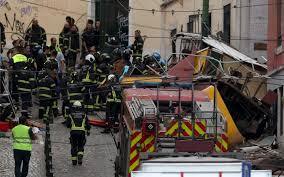

Carris responded to questions about the Lisbon Cable Car Crash by emphasizing that “all maintenance protocols have been carried out,” including comprehensive monthly and weekly maintenance programs alongside daily safety inspections. This statement suggests that the accident was not due to obvious mechanical neglect, though full investigation results remain pending.
Police investigators immediately began examining the crash site, while the prosecutor general’s office announced plans to open a formal investigation, following standard procedures for public transport accidents. The investigation will be crucial for determining what caused the Lisbon Cable Car Crash and implementing measures to prevent similar tragedies.
The thorough investigative response reflects the seriousness with which Portuguese authorities are treating this incident, recognizing both the immediate need for answers and the long-term implications for public transport safety throughout the country.
Impact on Tourism and International Response
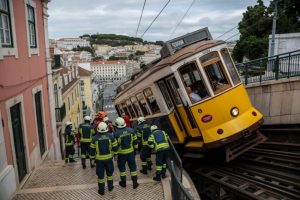

The Lisbon Cable Car Crash occurred during Portugal’s tourism boom period, with visitors regularly crowding the popular downtown area during summer months. This timing amplifies the tragedy’s impact, as the funicular serves as a major tourist attraction that international visitors specifically seek out during their stays in the Portuguese capital.
Britain’s Foreign, Commonwealth and Development Office confirmed it was in contact with local authorities and prepared to provide consular assistance to any affected British nationals. This response reflects the international dimension of the Lisbon Cable Car Crash, given that Britain represents Portugal’s largest source of tourism, followed by Germany, Spain, and the United States.
Eyewitness Accounts and Emergency Response
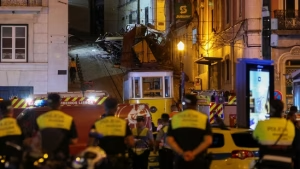
Bystander video footage captured the dramatic moments during the Lisbon Cable Car Crash, showing the undamaged lower car jolting violently when the upper car derailed. The footage revealed passengers jumping from windows amid scenes of panic and confusion, with people shouting as the full extent of the disaster became apparent.
Emergency crews responded quickly to the scene, working systematically to extract victims from the wreckage of the destroyed yellow funicular. The coordinated emergency response demonstrated the professionalism of Portuguese rescue services, though the scale of the tragedy meant that many lives could not be saved despite their best efforts.
The visual documentation of the Lisbon Cable Car Crash has provided crucial evidence for investigators while also serving as a stark reminder of how quickly routine transportation can transform into catastrophic disaster, affecting both locals and international visitors who chose this historic funicular for their journey through Portugal’s beautiful capital city.

